Home>Interior Design>How To Use Curves To Add Flow And Dynamism In Interior Design
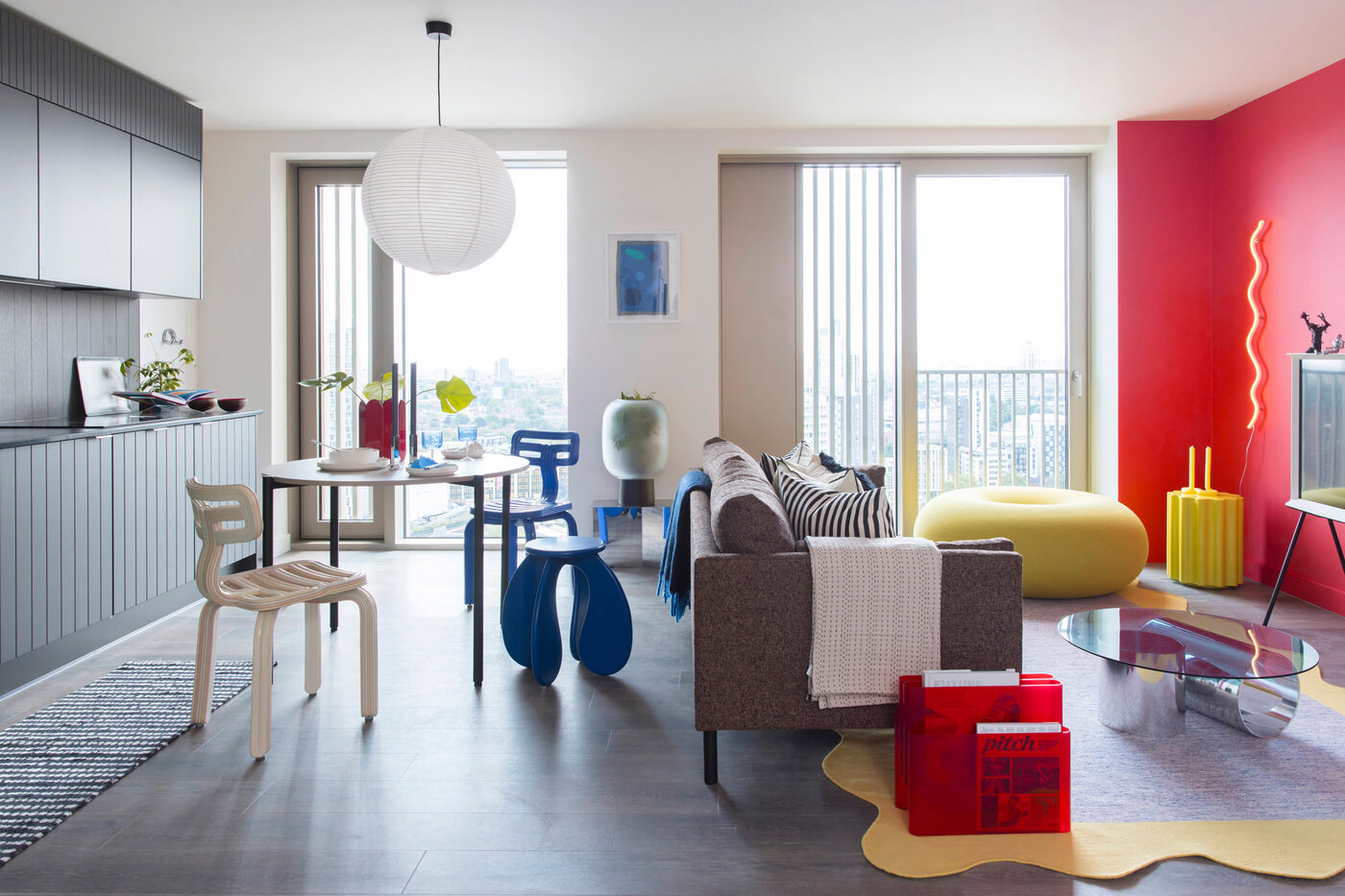

Interior Design
How To Use Curves To Add Flow And Dynamism In Interior Design
Modified: March 20, 2024
Learn how to enhance your interior design with curves, bringing a sense of flow and dynamism to your space. Discover the transformative power of incorporating curves in your design.
(Many of the links in this article redirect to a specific reviewed product. Your purchase of these products through affiliate links helps to generate commission for Storables.com, at no extra cost. Learn more)
Introduction
Welcome to the exciting world of interior design, where creativity and aesthetics come together to transform spaces into beautiful and functional environments. In the world of interior design, there are various elements that can be utilized to create the desired atmosphere and visual impact. One such element is the use of curves.
Curves play a significant role in interior design, offering a unique opportunity to add flow and dynamism to a space. Whether it’s through furniture selection, architectural design, or even the smallest decorative elements, curves have the power to transform a room’s appearance and create a sense of movement.
In this article, we will explore the importance of curves in interior design and delve into various ways in which they can be incorporated into your space. So, if you’re ready to add a touch of elegance and intrigue to your interior design projects, let’s dive in and discover the artistry behind using curves.
Key Takeaways:
- Embrace the elegance of curves in interior design to add flow, dynamism, and visual interest. From furniture to lighting, harness the power of curves to create a harmonious and captivating space.
- Incorporating curves intentionally and with balance can transform a static room into a dynamic, visually stunning, and emotionally engaging environment. Let curves guide you in creating a uniquely captivating interior design.
Read more: Why Use A Curved Shower Rod
Understanding Curves in Interior Design
Curves in interior design refer to the use of rounded, soft, and flowing shapes instead of sharp angles and straight lines. While straight lines and geometric shapes have their place in design, curves offer a sense of grace, fluidity, and organic beauty.
Curves have been utilized in interior design for centuries, dating back to ancient civilizations. From the arches and domes in classical architecture to the sinuous lines of Art Nouveau, curves have always been admired for their ability to evoke a sense of harmony and balance.
When it comes to understanding curves in interior design, it’s important to consider both the visual and psychological impact they have on a space. Visually, curves can soften the overall aesthetic, creating a more inviting and comfortable ambiance. Psychologically, curves are known to evoke positive emotions, promote relaxation, and stimulate creativity.
In terms of spatial perception, curves can make a room feel larger and more expansive. By breaking up the rigid lines and sharp edges, curves create a sense of flow, guiding the eye smoothly through the space. This can be particularly beneficial in small or awkwardly shaped rooms where straight lines could emphasize limitations.
Curves also have the power to add a touch of sensuality and dynamism to a room. As the eye follows the graceful contours, it creates a sense of movement and energy. This can be especially effective in spaces where you want to create a focal point or draw attention to specific areas, such as a curved staircase or a rounded accent wall.
Moreover, curves can contribute to improved functionality and safety. In high-traffic areas, curved furniture or rounded corners can help prevent accidents and improve the flow of movement. Additionally, utilizing curves in furniture design can provide ergonomic benefits by conforming to the natural contours of the body, ensuring maximum comfort.
Overall, understanding the power and versatility of curves in interior design allows you to harness their potential and create spaces that are visually stunning, emotionally pleasing, and functionally efficient. Now that we have explored the significance of curves, let’s delve into the impact they can have on flow and dynamism within a space.
The Impact of Curves on Flow and Dynamism
When it comes to creating a sense of flow and dynamism in interior design, curves play a crucial role. The inclusion of curves in a space can transform it from static and rigid to dynamic and harmonious. Here are some key ways in which curves impact the flow and dynamism of an interior:
1. Fluid Movement: Curves have a natural ability to guide the eye and create a sense of movement within a space. They allow for a seamless transition from one area to another, leading the eye along a curved path and creating a sense of flow. Whether it’s a sinuous curved wall, an arched doorway, or a curved hallway, these elements contribute to the overall flow of movement in a room.
2. Visual Interest: Curves add visual interest and break up the monotony of straight lines and right angles. They provide a sense of variety and complexity to a space, capturing attention and creating focal points. Curved furniture pieces, such as a curved sofa or a rounded coffee table, can add a dynamic element to a room and serve as a visual centerpiece.
3. Balance and Harmony: Curves can bring balance and harmony to a space by softening harsh lines and creating a sense of unity. By incorporating curved elements, such as arches, curved ceilings, or rounded corners, the overall aesthetic becomes more pleasing to the eye. This balance and harmony contribute to a sense of tranquility and well-being within the space.
4. Emotional Impact: Curves have a profound effect on our emotions. They can evoke feelings of comfort, relaxation, and serenity. A room that incorporates curves creates a sense of calmness and promotes a positive atmosphere. This emotional impact can greatly enhance the overall experience of being in a space.
5. Versatility: Curves are incredibly versatile and can be incorporated into any interior style, from traditional to contemporary. Whether it’s through architectural elements like curved walls or through the selection of curvaceous furniture, curves can adapt to any design concept and enhance its flow and dynamism.
By utilizing curves in interior design, you can create spaces that are visually captivating, emotionally engaging, and functionally efficient. The next section will explore how you can specifically incorporate curves in furniture selection to further enhance the flow and dynamism of a space.
Using Curves in Furniture Selection
When it comes to adding flow and dynamism in interior design, one of the most impactful ways is through the selection of furniture with curved elements. Curved furniture pieces not only bring visual interest but also promote a sense of comfort and movement within a space. Here are some tips on incorporating curves in furniture selection:
1. Curved Sofas and Chairs: One of the most popular ways to introduce curves is through the use of curved sofas and chairs. These pieces not only provide a unique visual appeal but also create a more intimate and inviting seating arrangement. The curved shape allows for a cozy and comfortable seating experience while adding a touch of elegance and sophistication to the room.
2. Rounded Coffee Tables: Consider opting for rounded coffee tables instead of traditional rectangular ones. A rounded coffee table can soften the overall look of the living room and create a more harmonious flow. It also eliminates sharp corners, making it a safer option, especially in a home with children.
3. Curvaceous Dining Chairs: Choose dining chairs with curved backs or seats to add a sense of elegance and fluidity to your dining area. The curved design not only looks visually pleasing but also enhances comfort during meals, allowing guests to relax and enjoy their dining experience.
4. Curved Desks and Workstations: If you have a home office or a workspace, consider incorporating a curved desk or workstation. Curved surfaces can create a more ergonomic and efficient work environment, allowing for better flow of movement and improved productivity. In addition, a curved desk adds a stylish and contemporary touch to the space.
5. Curved Shelving and Storage: When selecting storage solutions, look for furniture with curved edges or curved shelving units. Curves can add a softer touch to the overall design, helping to create a more balanced and dynamic composition. It can also break up the linear nature of storage units, adding visual interest and movement.
6. Accent Pieces: Incorporating smaller curved accent pieces can also contribute to the flow and dynamism of the space. Consider adding a curved side table, ottoman, or decorative mirror with a rounded frame. These pieces can serve as focal points and add a touch of personality to the room.
Remember, the key is to find a balance between curved furniture and other elements in the space. Too many curves can overwhelm a room, so ensure that there is a mix of linear and curved pieces to create a harmonious and visually appealing atmosphere.
Now that we’ve discussed the use of curves in furniture selection, let’s explore how to incorporate curves in wall and ceiling designs to further enhance the flow and dynamism of your space.
Incorporating Curves in Wall and Ceiling Designs
When it comes to creating a sense of flow and dynamism in interior design, the walls and ceilings of a space play a crucial role. By incorporating curves in wall and ceiling designs, you can add a touch of elegance and intrigue while enhancing the overall flow and movement within the room. Here are some ideas on how to incorporate curves in these areas:
1. Arched Doorways and Openings: One of the most striking ways to introduce curves is through arched doorways and openings. The soft, rounded shape of an arch creates a visual focal point and makes transitions between rooms more seamless. Arched doorways can add a sense of grandeur and sophistication, while arched openings can create a sense of connection and flow between different areas of a space.
2. Curved Accent Walls: Consider incorporating a curved accent wall to add drama and visual interest to a room. A curved wall can become a focal point, drawing the eye and creating a sense of movement. Whether it’s a gentle curve or a more prominent undulating design, the curved wall adds depth and dimension to the space, transforming it into a captivating feature.
3. Curved Ceilings: Take your interior design to new heights by incorporating curved ceilings. A curved ceiling can create a sense of spaciousness and grandeur in a room, making it feel more open and airy. Whether it’s a curved dome ceiling, a swooping arch, or a vaulted design, the use of curves in ceilings can transform the overall ambiance and add a touch of architectural beauty.
4. Rounded Corners: Another way to incorporate curves is by opting for rounded corners instead of sharp corners. Rounded corners on walls and columns soften the overall aesthetic of a space, creating a more organic and flowing feel. This design choice can also enhance the safety of the room, especially in areas where people may be moving around, such as hallways or children’s play areas.
5. Curved Wall Paneling: Consider adding curved wall paneling to create a unique and visually appealing design feature. Whether it’s with wood, tile, or other materials, curved wall paneling adds texture and depth to your walls, while also creating a sense of movement and continuity.
6. Curved Staircases: If you have a multi-level space, a curved staircase can add a sense of elegance and flow. The sweeping curve of the staircase not only serves as a functional element but also becomes a sculptural feature that enhances the overall design. It creates a sense of movement and draws the eye upward, making the staircase a focal point in the room.
By incorporating curves in wall and ceiling designs, you can transform the atmosphere of a space, adding an element of fluidity and dynamic movement. The next section will delve into how you can enhance flow and dynamism with curved architecture, taking your interior design to new heights.
When using curves in interior design, consider incorporating curved furniture, lighting, or architectural details to add a sense of movement and energy to the space. This can help create a more dynamic and flowing environment.
Enhancing Flow and Dynamism with Curved Architecture
When it comes to creating a space that exudes flow and dynamism, architecture plays a vital role. By incorporating curved architectural elements, you can add a sense of movement, elegance, and visual interest to your interior design. Here are some ways to enhance flow and dynamism with curved architecture:
1. Curved Walls and Facades: Curved walls and facades can transform the exterior of a building, creating a sense of fluidity and grace. The smooth, curving lines add visual interest and make a bold architectural statement. Incorporating curved walls or facades can also improve the movement of air and energy around the building, contributing to a more harmonious environment.
2. Curved Windows and Skylights: Windows and skylights with curved designs can add a sense of expansiveness and flow to a space. The curved shape allows for a softer connection between the interior and exterior, inviting natural light to filter in more harmoniously. Curved windows can also offer a unique frame for views and create a focal point within a room.
3. Curved Staircases and Bridges: Curved staircases and bridges are not only functional elements but also architectural features that enhance flow and dynamism. The sweeping curves create a sense of movement and elegance, guiding people effortlessly from one level to another. They can become sculptural focal points within a space while providing a seamless connection between different areas.
4. Curved Atriums and Rotundas: Atriums and rotundas with curved architectural designs can evoke a sense of awe and wonder. These open spaces with curved walls, domes, or ceilings can create a visual flow that draws people inward. They can serve as gathering areas and focal points, enhancing the overall flow and dynamism of a building.
5. Curved Rooflines: Incorporating curved rooflines can add a unique dynamic to a building’s exterior. Whether it’s a curved roof over an entrance or a swooping design that follows the lines of the building, a curved roofline creates visual interest and breaks away from the traditional boxy shapes. It can also contribute to better rainwater drainage, energy efficiency, and a more striking overall aesthetic.
6. Curved Archways and Columns: The use of curved archways and columns can add architectural elegance while providing a seamless flow between spaces. Curved archways create a sense of grandeur and symmetry, while curved columns offer both aesthetic appeal and structural support. These architectural features break up the linear nature of a space and add curves that guide the eye and create a sense of movement.
By incorporating curved architectural elements, you can create a dynamic and visually appealing environment. It’s important to keep in mind the overall design concept and ensure that the curves work harmoniously with other elements in the space. The next section will explore how you can create a curved path with flooring and carpets to further enhance flow and dynamism within your interior design.
Creating a Curved Path with Flooring and Carpets
One of the most effective ways to enhance the flow and dynamism in your interior design is by creating a curved path using flooring and carpets. By incorporating curves in your flooring, you can guide the eye, create movement, and add a sense of elegance to your space. Here are some ideas on how to create a curved path:
1. Curved Tile or Wood Flooring: Consider installing tiles or wood flooring in a curved pattern to create a flowing path. Whether it’s a gentle curve or a more pronounced wave-like design, curved flooring adds a touch of visual interest and encourages natural movement throughout the space. This subtle curve can create a dynamic flow that guides people from one area to another.
2. Curved Carpet Runners: For areas such as hallways or staircases, consider using curved carpet runners. These runners can follow the natural flow of the space, creating a visual path that leads the eye and enhances the overall dynamics of the area. Curved carpet runners not only add a soft and elegant touch but also provide a comfortable and safe surface for walking.
3. Curved Rug Placement: Place curved rugs strategically to create a curved path within a room. A rounded or oval rug can anchor a seating arrangement, drawing attention and creating a sense of movement. Placing a curved rug in an open area can also help define and guide the flow of traffic, creating a natural pathway throughout the space.
4. Curved Flooring Transitions: Use curved flooring transitions to connect spaces seamlessly. Instead of abrupt changes between different flooring materials or levels, opt for gradual and curved transitions. This not only enhances the visual appeal but also creates a smoother transition between areas, allowing for a more natural and flowing movement within the space.
5. Arched Entryways: Incorporate arched entryways with a curved floor transition to create a captivating and graceful pathway from one room to another. The arched design adds a touch of architectural beauty and serves as a doorway that invites exploration and movement. It creates an elegant flow that connects different areas while adding a sense of grandeur.
6. Curved Floor Borders: Consider adding curved floor borders as a decorative element. Whether it’s using patterned tiles or contrasting colors, a curved floor border can define a space, add visual interest, and create a sense of direction. This subtle curved detail can enhance the flow and dynamism of the room.
By incorporating curves in your flooring and carpet choices, you can create a visually captivating and harmonious space that encourages movement and adds a touch of elegance. The next section will explore how to apply curves in accessories and decorative elements to further enhance the flow and dynamism of your interior design.
Applying Curves in Accessories and Decorative Elements
When it comes to enhancing the flow and dynamism of your interior design, paying attention to accessories and decorative elements is essential. By incorporating curves in these details, you can add visual interest, create focal points, and further enhance the overall flow of your space. Here are some ideas on how to apply curves in accessories and decorative elements:
1. Curved Mirrors: Mirrors with curved frames can add a sense of elegance and movement to your space. Whether it’s a round mirror, an oval shape, or a mirror with a curved frame, these designs can soften the straight lines of a room and create a visually interesting focal point. Curved mirrors also reflect light in a unique way, adding depth and enhancing the overall ambiance of a space.
2. Curvaceous Vases and Sculptures: Choose vases, sculptures, or decorative objects with curved shapes to add a sense of flow. Opt for pieces that have sinuous lines or abstract curves, which can create a visual contrast with the straight lines of furniture and architecture. Placing these curvaceous elements strategically throughout a room can draw the eye and contribute to a sense of movement.
3. Curved Wall Art: Hang artwork with curved motifs or subjects to add a sense of flow and dynamism to your walls. Paintings or prints featuring landscapes with winding rivers, abstract designs with curved lines, or portraits with flowing hair can all contribute to the overall ambiance and create a sense of movement within a space.
4. Curved Shelving and Display Units: Utilize shelving and display units with curved lines to break up the straight lines of a room. Opt for bookshelves or display cabinets with curved edges or wavy designs, which can add interest and depth to the space. This kind of curved storage can also create a more dynamic composition and draw attention to your curated items.
5. Curved Textiles and Pillows: Incorporate pillows, cushions, and textiles with curved patterns or designs. Look for pillows with rounded shapes or abstract curved motifs that can soften the overall look of your furniture. Using fabrics with flowing patterns, such as waves or swirls, can also contribute to the sense of movement and add visual interest.
6. Curved Light Fixtures: Choose light fixtures with curved designs to add drama and elegance to your space. Pendant lights or chandeliers with sinuous lines can create a captivating focal point while also casting interesting shadows on walls and ceilings. Curved light fixtures can add a touch of sophistication and enhance the overall flow and ambiance of a room.
Remember, the goal is to find a balance between curved and straight lines in your accessories and decorative elements. Too many curves can become overwhelming, so ensure that there is a mix of both to create a visually interesting and harmonious composition.
By applying curves in your accessories and decorative elements, you can elevate the flow and dynamism of your interior design. The next section will explore how lighting can be used to enhance curves and add drama and movement to your space.
Lighting and Curves: Adding Drama and Movement
When it comes to enhancing the flow and dynamism of your interior design, lighting plays a crucial role. By strategically utilizing lighting techniques, you can accentuate curves, create dramatic effects, and add a sense of movement to your space. Here’s how you can use lighting to enhance curves and add drama and movement:
1. Highlighting Architectural Curves: Use uplights or wall washers to illuminate curved architectural features, such as arched doorways, curved walls, or rounded columns. By directing light towards these elements, you draw attention to their unique shapes and create a sense of drama. This highlighting technique brings out the beauty of curves and adds depth to the overall design.
2. Grazing Light: Grazing light is a technique where light fixtures are placed close to a textured surface, such as a curved wall or a textured ceiling. This technique creates a play of light and shadow, accentuating the curves and adding a sense of depth and movement. Grazing light can be achieved with wall-mounted sconces or recessed lights placed strategically along the curved surface.
3. Curved Pendant Lights: Install pendant lights with curved designs to complement and enhance the organic nature of curves in your space. Whether it’s a pendant with a curvaceous shade or a fixture with arms that gracefully curve downwards, these lighting fixtures add an element of elegance and create a captivating focal point. The soft lighting they emit further enhances the sense of movement and adds a touch of drama.
4. Track Lighting: Install track lighting to create a dynamic play of light along a curved path or wall. By adjusting the position of the individual track heads, you can accentuate different curved elements in the room. This flexible lighting system allows you to experiment with different lighting angles and intensities, highlighting curves and creating a sense of movement as you navigate through the space.
5. LED Strip Lighting: Incorporate LED strip lighting along curved lines to create a captivating lighting effect. LED strips can be mounted along the underside or the edge of curved surfaces, emphasizing their curves and creating a visually stunning display. This type of lighting can be particularly effective in staircases, curved furniture pieces, or accentuating rounded architectural details.
6. Dimming and Lighting Control: Utilize dimming controls to adjust the intensity of the lighting in different areas of your space. By dimming certain areas and highlighting others, you can create a sense of movement as the lighting changes across the room. This dynamic lighting control adds an element of drama and allows you to customize the ambiance according to different occasions and moods.
By using lighting techniques to enhance curves, you can create a space that not only looks visually stunning but also evokes a sense of movement and dynamism. Experiment with different lighting options to find the perfect combination that brings out the beauty of curves in your interior design.
Now that we’ve explored the various ways to incorporate curves and enhance flow and dynamism in your interior design, let’s wrap up our journey.
Read more: Kitchen Features That Add Value
Conclusion
Incorporating curves into your interior design can bring a sense of flow, dynamism, and visual interest to your space. Whether through furniture selection, architectural elements, flooring, accessories, or lighting choices, curves have the power to transform a room from static to dynamic, adding a touch of elegance and intrigue.
By understanding the impact of curves and their ability to guide the eye, create movement, and evoke positive emotions, you can utilize them with intention and purpose. Curved furniture pieces, such as sofas and chairs, can provide both visual appeal and ergonomic comfort. Arched doorways, curved walls, and rounded ceilings can enhance the overall flow and harmony of a space while creating a sense of spaciousness and grandeur.
Curved flooring and carpets can create a designated path that leads the eye and enhances movement throughout the room. Accessories and decorative elements with curved designs add a sense of softness and elegance, breaking up the straight lines and adding depth to the overall composition. Lighting techniques can accentuate curves, create dramatic effects, and add movement, further enhancing the flow and dynamism of your space.
When incorporating curves in interior design, it’s important to find a balance between curved and straight lines. Too many curves can become overwhelming, while too many straight lines can feel rigid. The key lies in achieving harmony and creating a space that is visually captivating, emotionally pleasing, and functionally efficient.
So, whether you’re starting a new interior design project or looking to refresh your existing space, consider the power of curves and how they can elevate your design aesthetic. Embrace the beauty of curves and let them guide you in creating a space that is dynamic, harmonious, and uniquely yours.
Frequently Asked Questions about How To Use Curves To Add Flow And Dynamism In Interior Design
Was this page helpful?
At Storables.com, we guarantee accurate and reliable information. Our content, validated by Expert Board Contributors, is crafted following stringent Editorial Policies. We're committed to providing you with well-researched, expert-backed insights for all your informational needs.

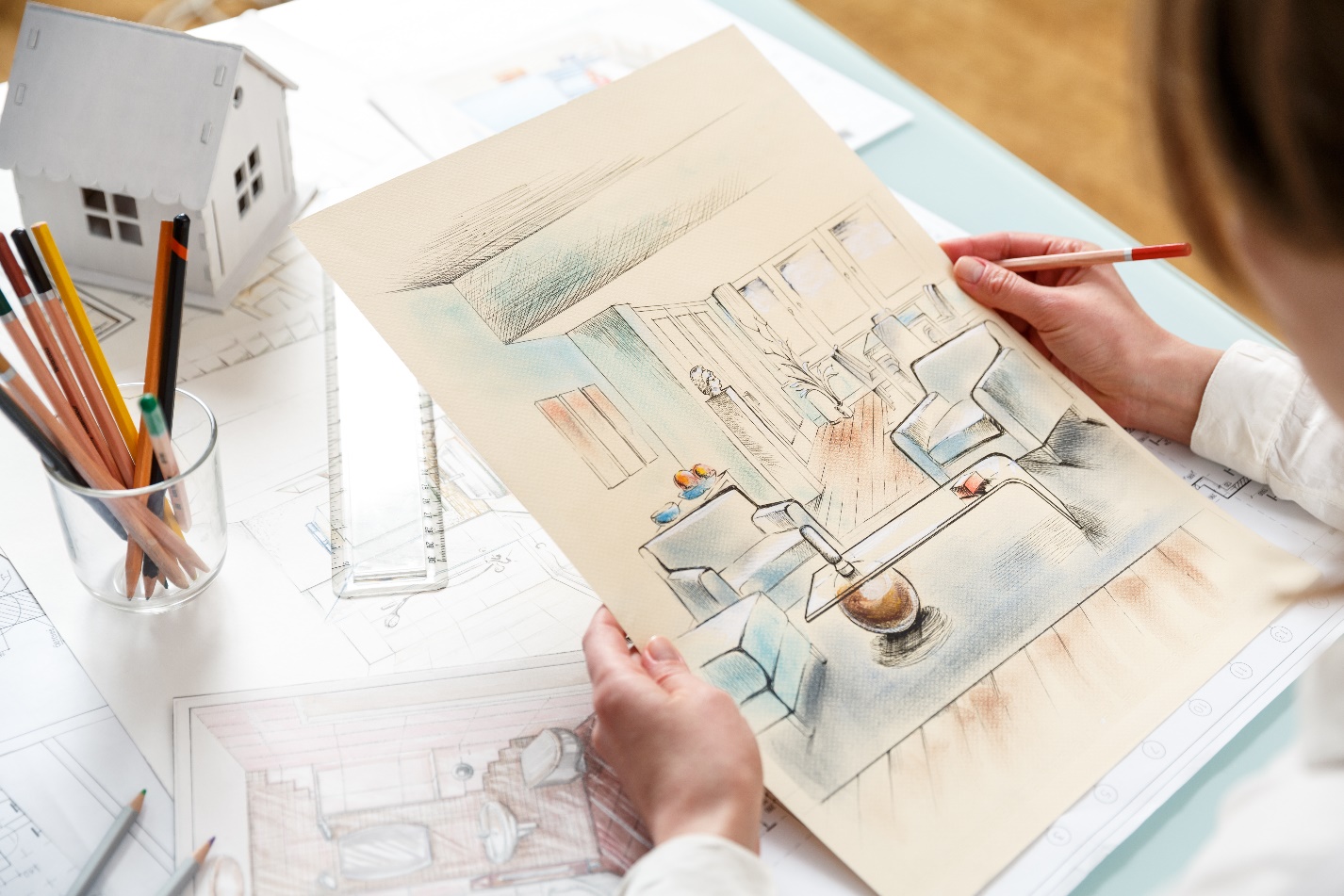
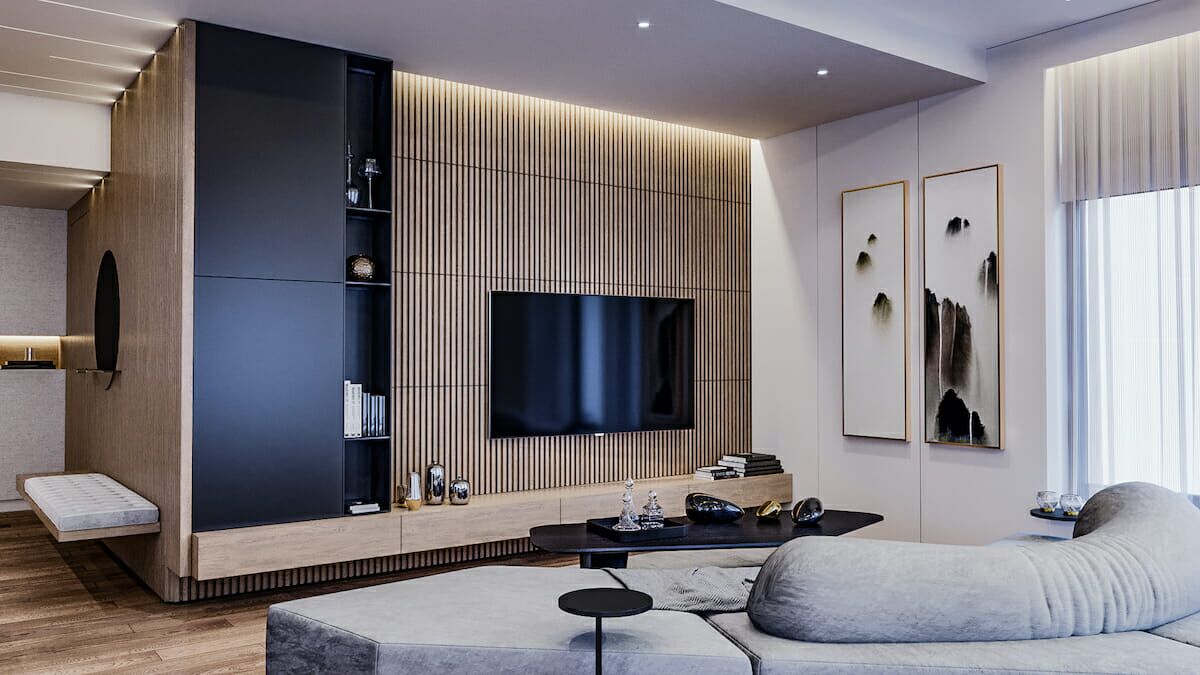
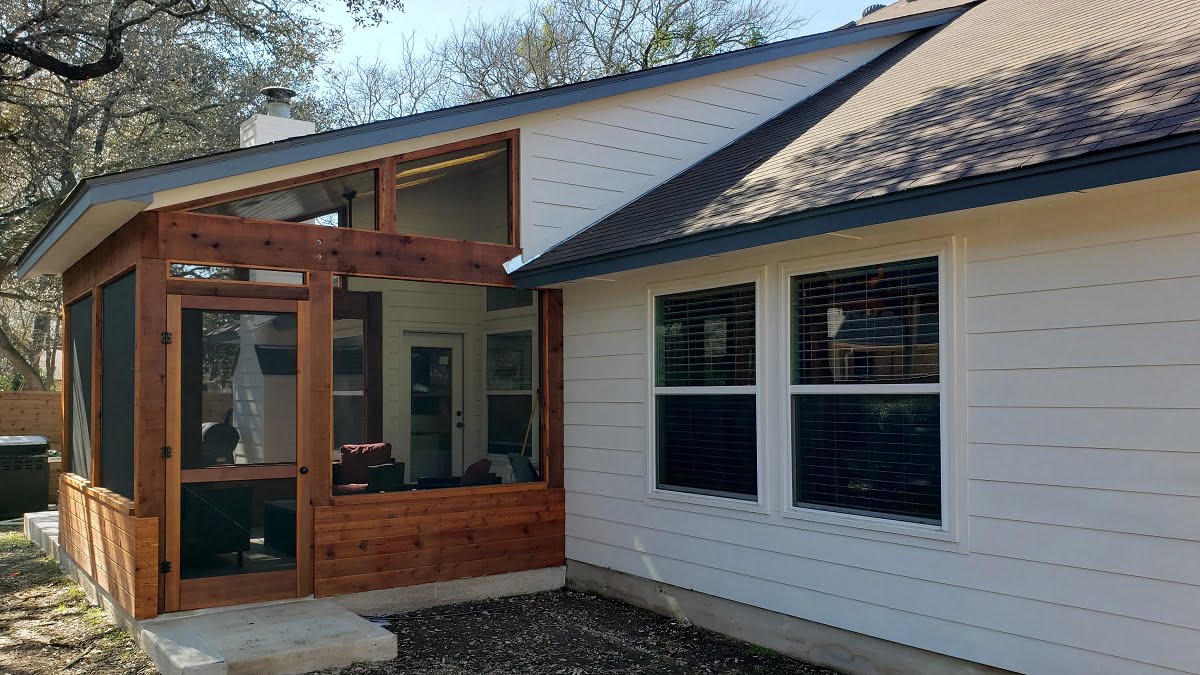
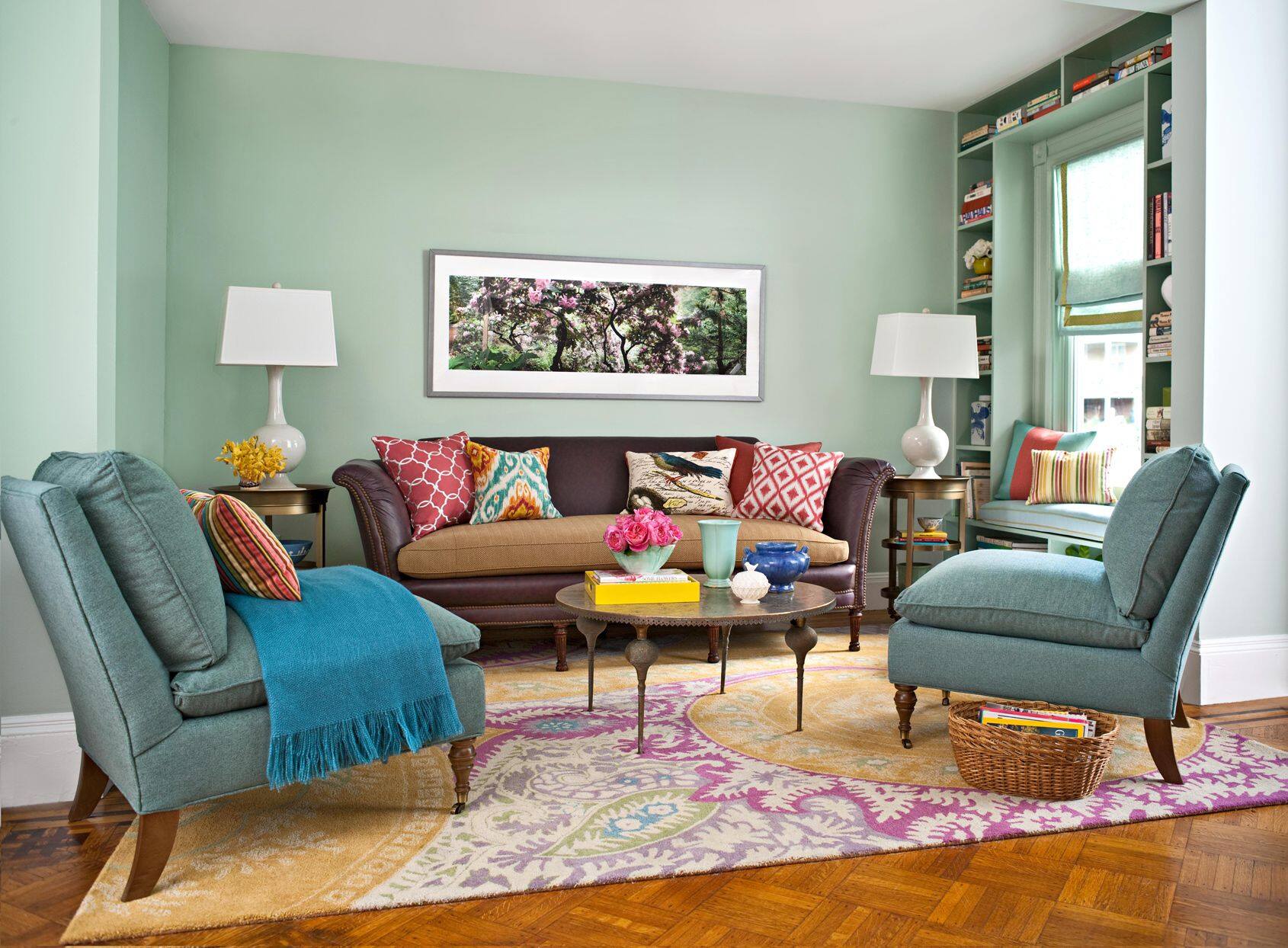
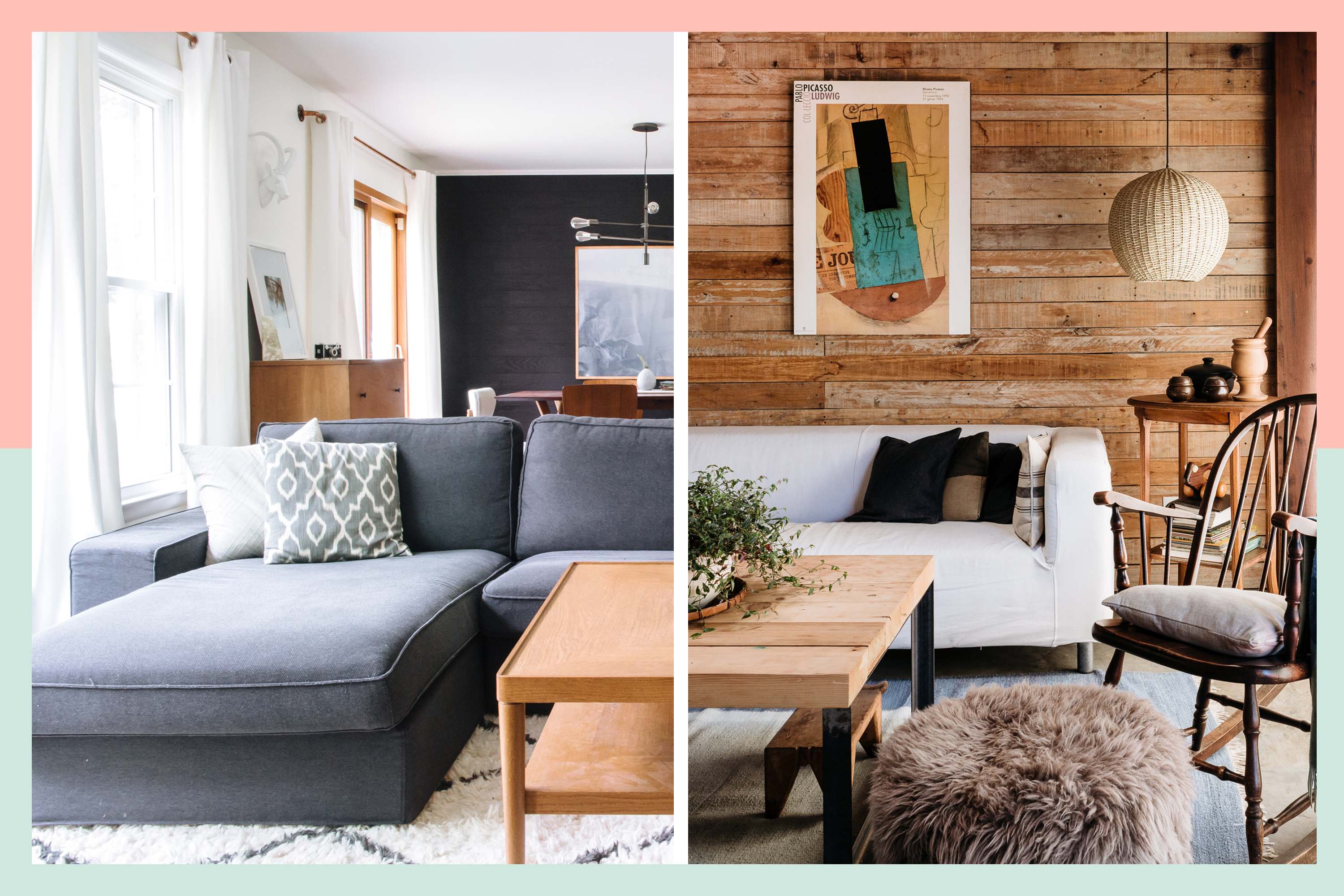
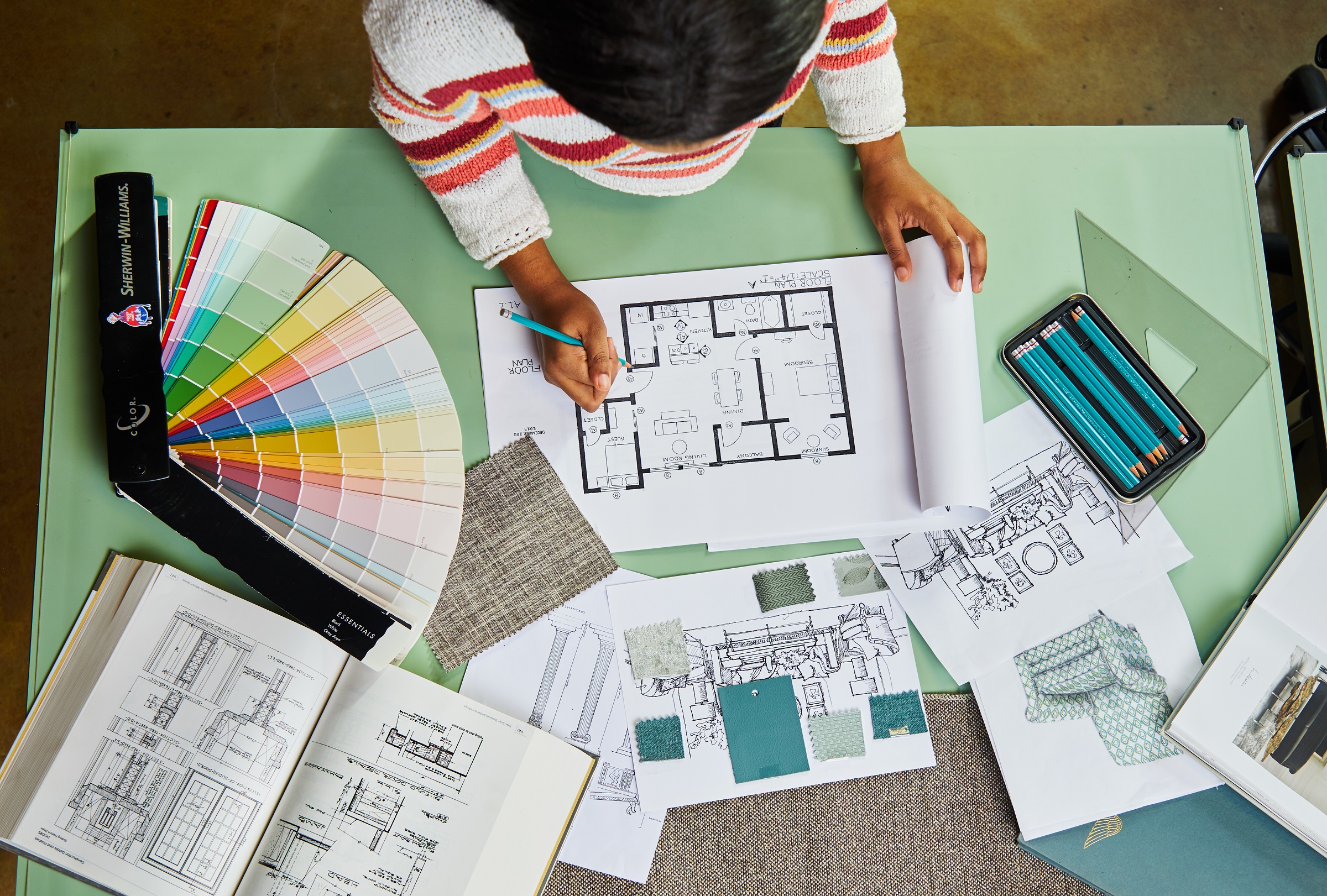
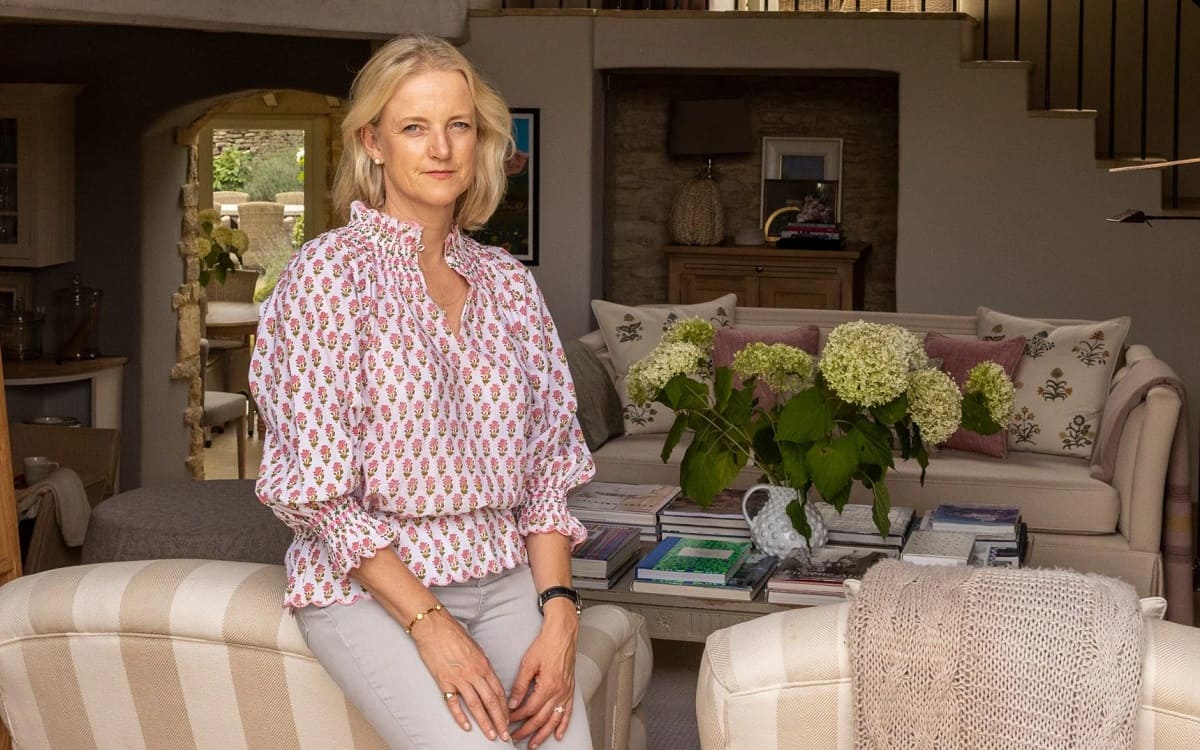
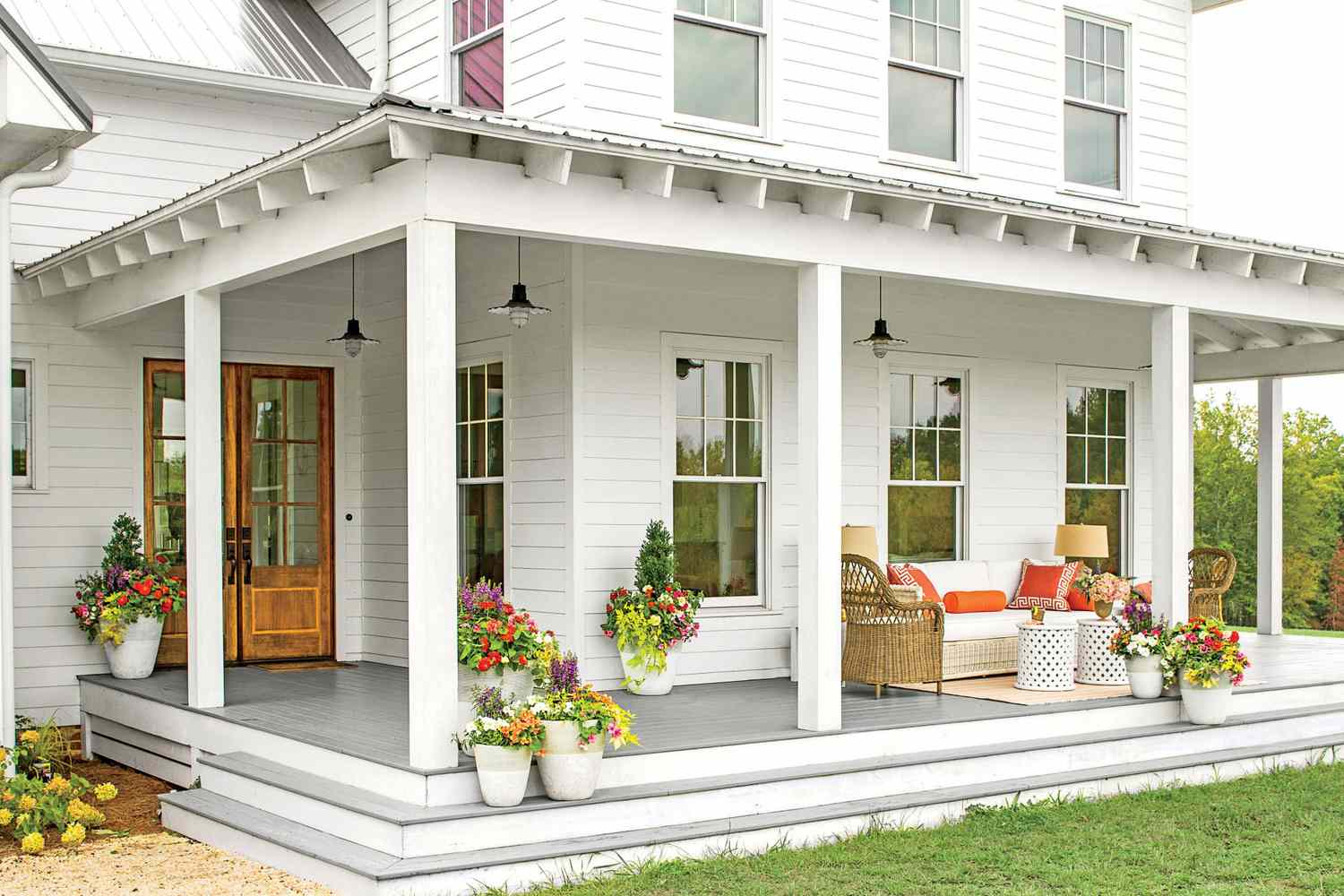
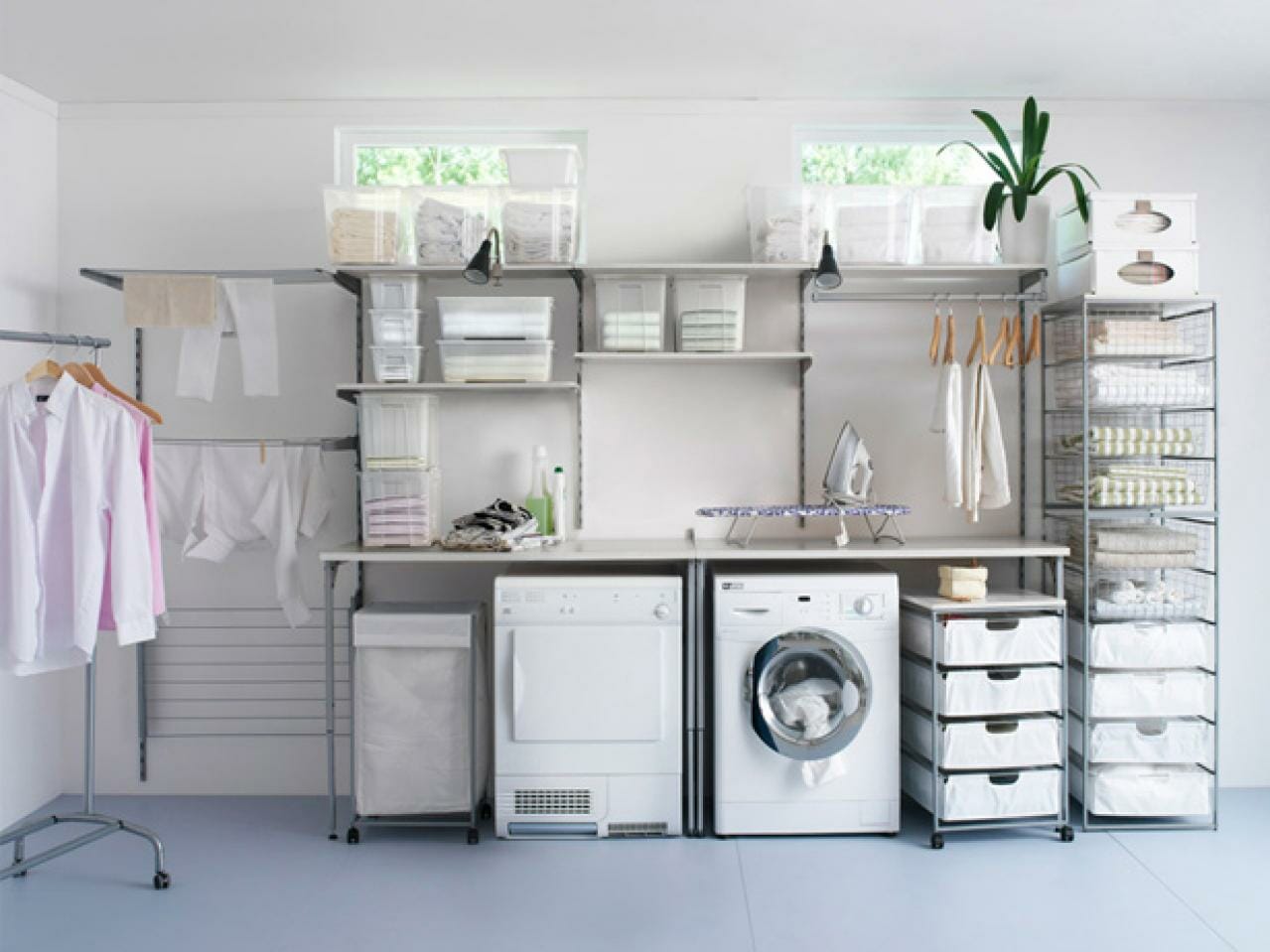
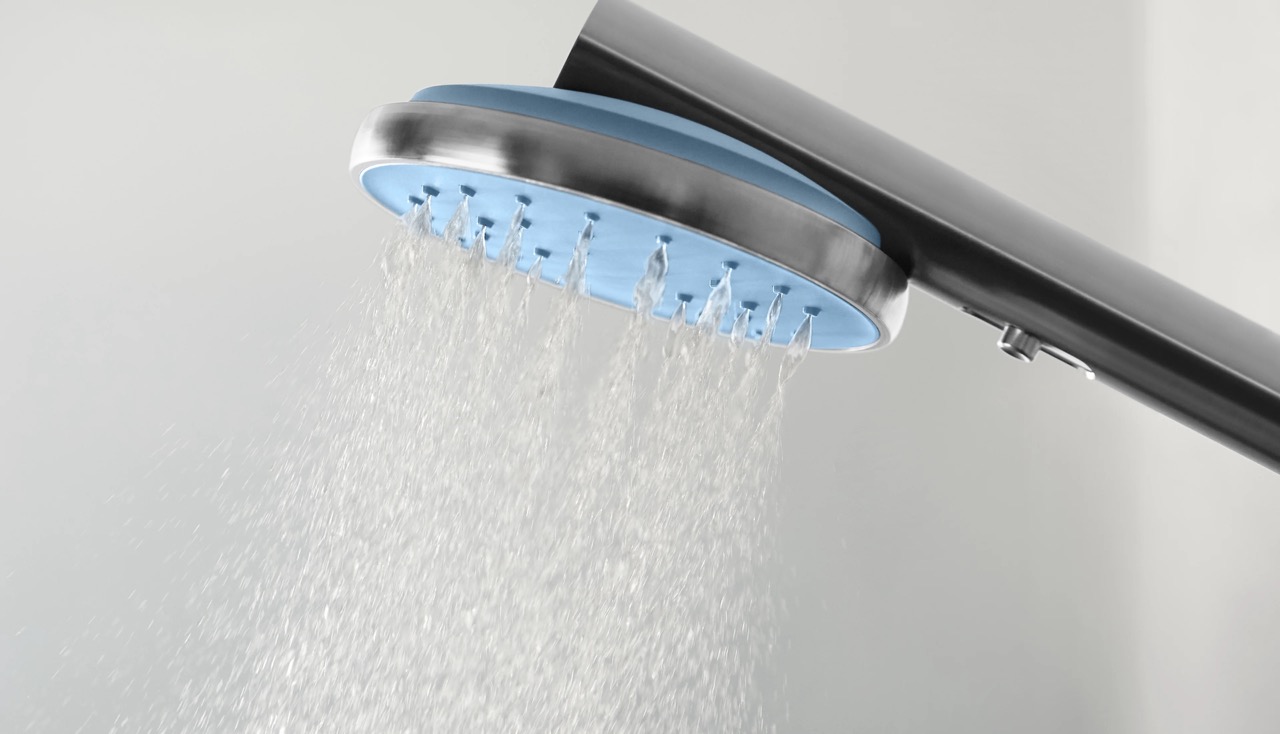
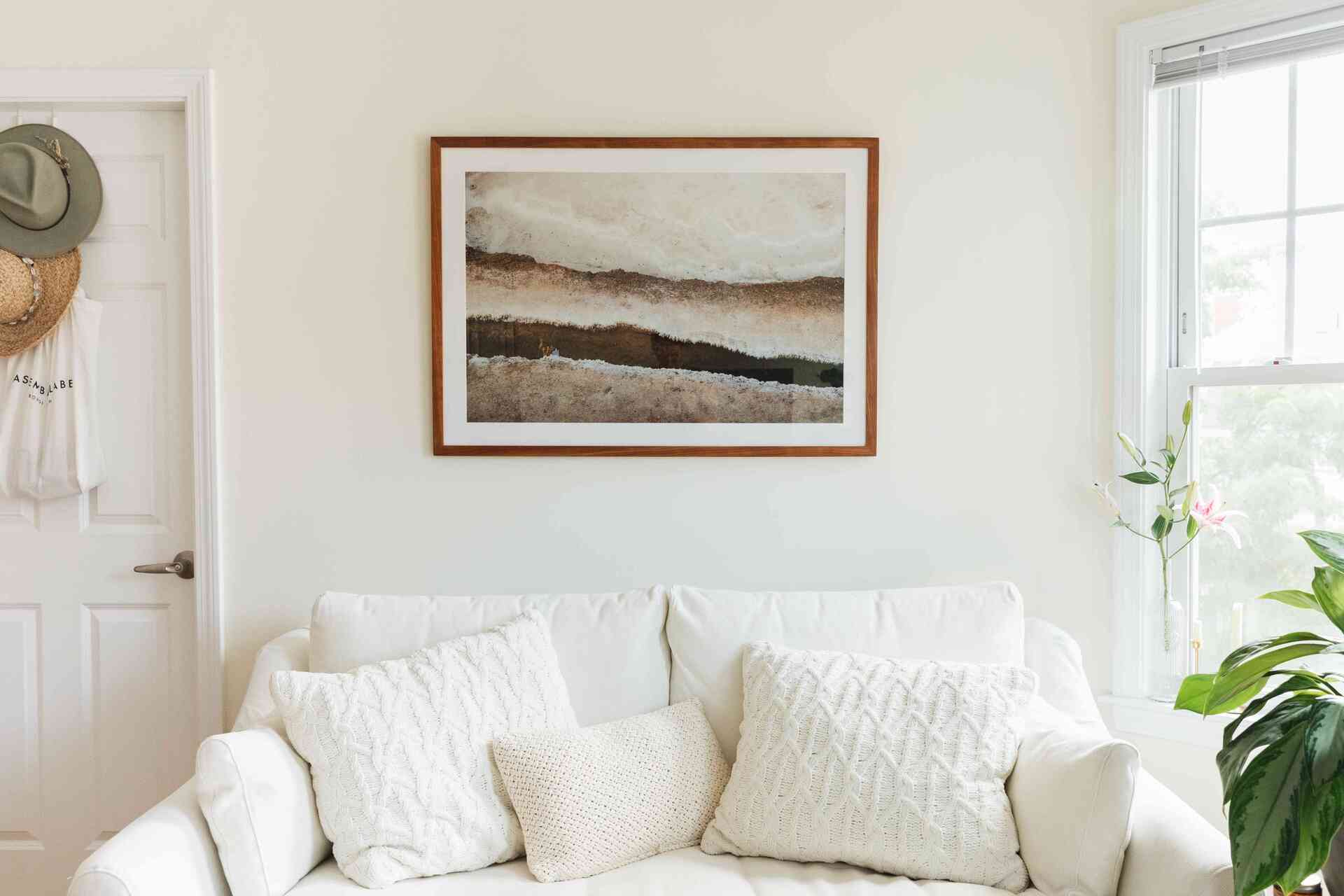
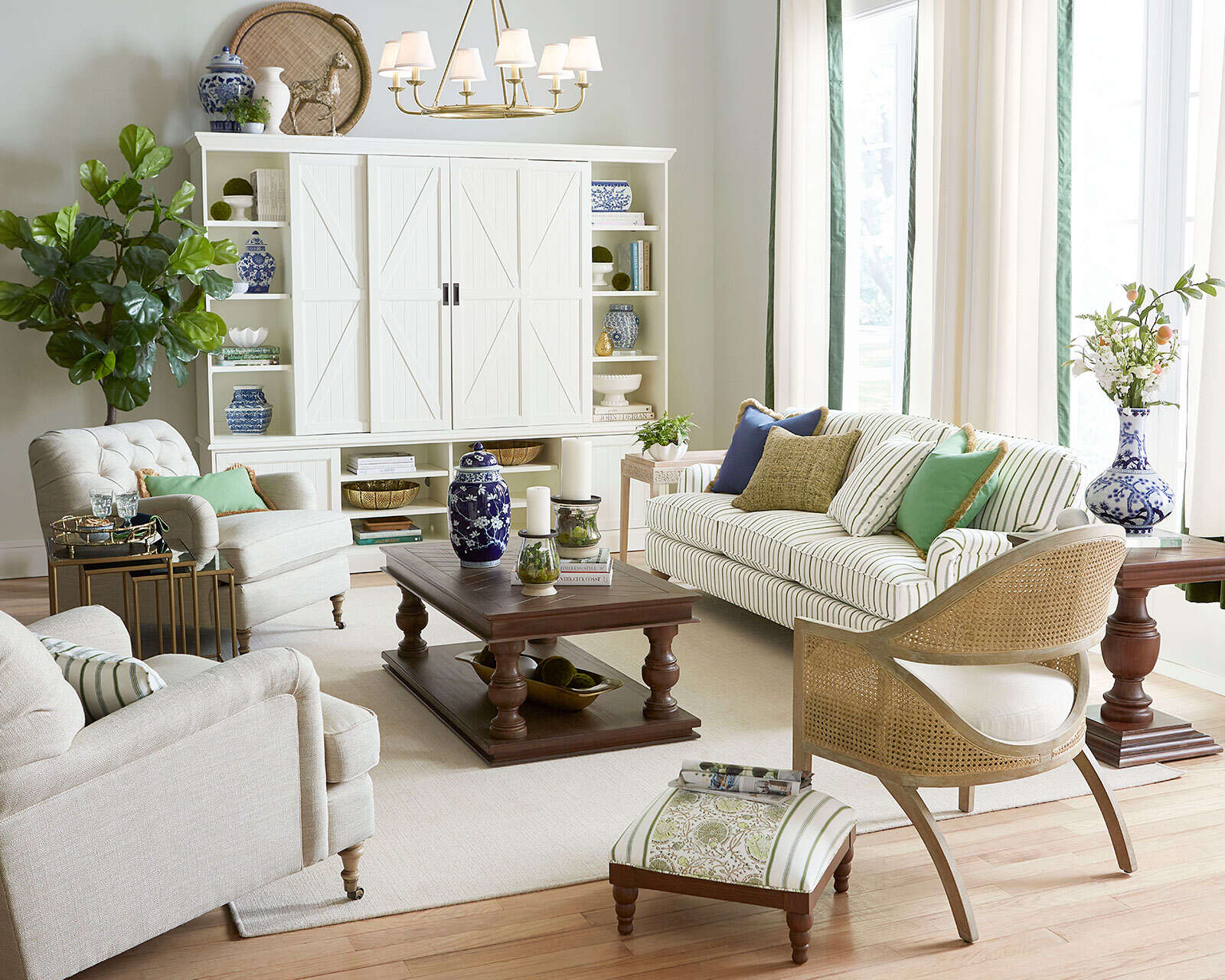

0 thoughts on “How To Use Curves To Add Flow And Dynamism In Interior Design”